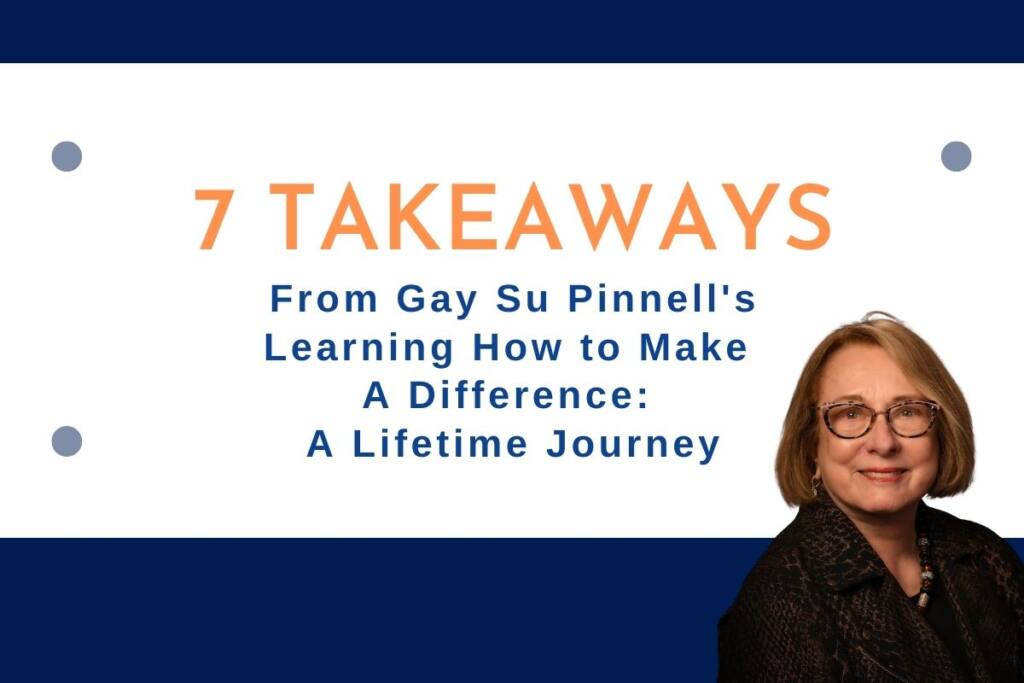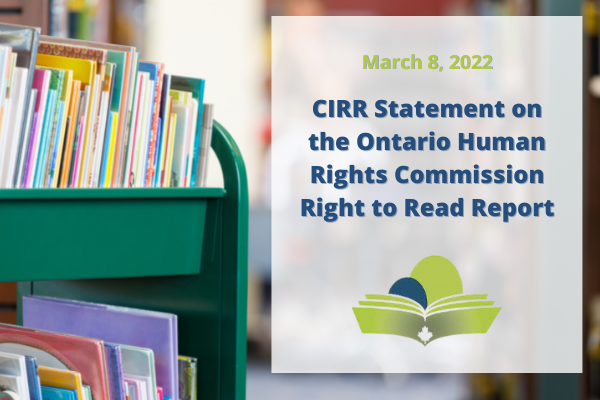BLOG
The “Simple” View of Reading Belies its Complexity
by Laurel Dickey
There’s a heated debate underway in education circles about the best way to teach reading and I’m sorry to say that most of the chatter misses the point. I’ve been teaching our young students to read and write for 35 years and if there was one single best program for teaching literacy I would already be using it. The reality is what drives my decision-making as a teacher is not my use of any particular set of materials, but my theory of teaching and learning.
Scientific research on learning tells us that all creatures, humans included, need to interact with the world in order to learn. And each person’s way of interacting takes them along a unique path. Many desired learning outcomes might be similar for all learners – proficiency in reading and writing by the end of grade three among them – but the specific routes for learning will be as varied as the learners are.
As a teacher, this requires me to be responsive to my learners. And in order to be responsive, I cannot teach reading and writing from a narrow, prescribed set of materials, and certainly not those materials purported to be designed in order for children to learn about “phonics first” and in isolation from opportunities to read stories in actual books.
Learning to read is not as simple as first learning the letter sounds and then learning to combine them. Young readers certainly need to learn that the print functions in certain ways, one of them being that letters represent sounds and the sounds can be combined to form words.
But they also need to learn that, in English (unlike in some other languages) we must look at the print from left to right and top to bottom. They also need to learn that print will convey some sort of a message and that what is read will sound like the oral language that they hear all around them. They need to learn that simply combining sounds is not enough, because there are many other regular and irregular spelling patterns that are necessary to control in order to fluently read and write.
All of this complexity belies the idea that there could be a “simple view of reading” upon which instruction would be based. Becoming literate is a complex process, and for some children, a highly skilled and observant teacher is needed in order to make effective learning possible.
Laurel Dickey is a lifelong educator living in Massachusetts
THE JOURNAL OF READING RECOVERY
Spring 2025
OPEN ACCESS: Centering Children and Working Towards Equity: Teaching All Children to Read by Catherine Compton-Lilly
Literacy Leadership in Support of Equity: Whatever It Takes by Allison Briceño
Exploring the Purposes, Power, and Potential of Familiar Reading by Jamie Lipp
Full Circle: From Student to Psychologist by Joyce Romano





